I was very fortunate to travel recently to Tucson, Arizona to attend a workshop through the Vatican Observatory Foundation. The workshop was titled “Faith and Astronomy” where the objective was to discuss the relationship between the Church and science through the eyes of astronomy. As a staunch supporter of astronomy, it was an honor to attend such a workshop as it was administered by Jesuit Brother Guy Consolmagno, the director of the Vatican Observatory. Brother Guy is one of the celebrities of astronomy and someone who has brought a better understanding of how the Catholic Church views advancements in science. To spend time with him over the week was a once in a career opportunity.
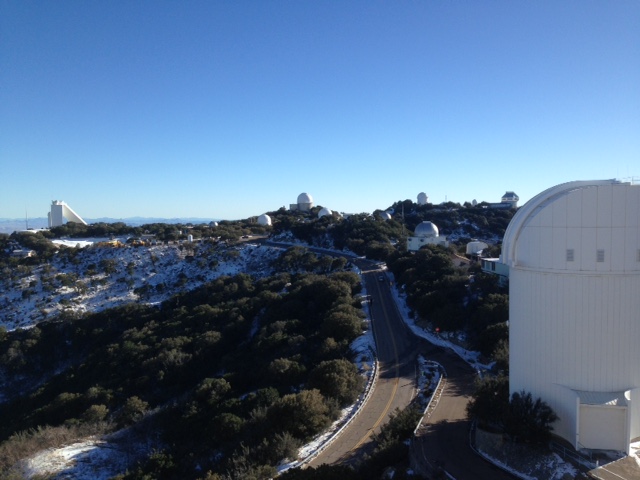
When I arrived in Tucson, what struck me immediately was something I did not expect… the beauty of the desert. The cacti, the geology of the region, the ecosystem… these were all aspects of another world that I had completely disregarded until now. I found a new appreciation for an environment that is diverse and fascinating in how it was formed and how it operates. I find this is very similar to what we have to overcome in STEAM. As educators we get stuck in our own academic minds and forget about other strategies, other ideas, and colleagues we can collaborate with. Being stuck holds us back from seeing other viewpoints of education… and it limits the growth of our students.
The opportunities I experienced in Tucson were exciting and extraordinary. Tucson has a wealth of resources for astronomy; the University of Arizona is one of the top astronomy universities in the world and the community of Tucson ardently supports astronomy by limiting light pollution. We spent time at the Space Image Center at the Lunar and Planetary Laboratory on UA’s campus and were able to view numerous historical NASA documents. The visit would give anyone a deepened amount of respect for the history of NASA and the journey mankind has taken to space, to the moon, and beyond.
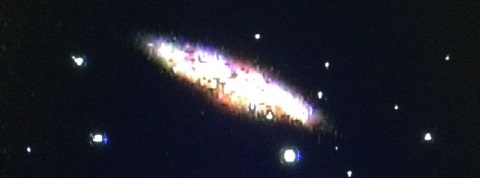
I felt extremely grateful to experience the true power of science while on UA’s campus. Underneath the Wildcats’ stadium there is a lab that is unrivaled anywhere else. Here they build the world’s largest mirrors, which are used to build the largest terrestrial telescopes used in astronomy. The process of building these mirrors is fascinating and demonstrates a key aspect of STEAM. When they first attempted to build these large mirrors, they continually cracked under their own weight. Setback after setback besieged the engineers as they started to believe that their task was an impossible one. It finally took some “outside the box” engineering to reduce the amount of glass used, which lessened the mass of the mirror, to create these giant mirrors. Science creates mirrors that are up to 8 meters in diameter and measured to an accurate width of 10 atoms. While we were at the laboratory they were in the process of building the 4th mirror (of the eventual 8) of the Large Magellan Telescope.
Tucson is home to multiple mountain ranges and nearly each one holds a full array of large terrestrial telescopes. We visited the Kitt Peak Observatory, which sits atop Kitt Peak and is home to 24 large telescopes. At an altitude of over 6,000 feet, it hosts an array of some of the top telescopes in the world. We were able to get up close to many of the telescopes and to observe how they operate. Without a doubt the crown jewel of Kitt Peak is the Mayall 4 meter telescope, which we were able to see. Very view instruments demonstrate the sheer power of science like the Mayall. This telescope has collected light from so many cosmological objects since the 1960’s, its contribution to astronomy is historical. Our time on Kitt Peak gave me a glimpse into the scientific world that we spend so much of our time preparing our students for.
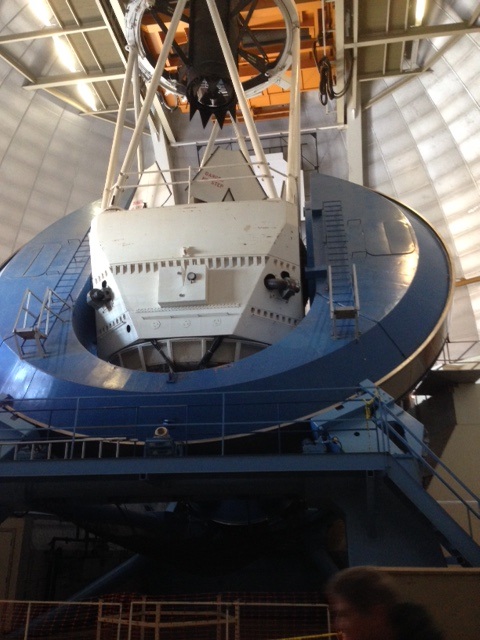
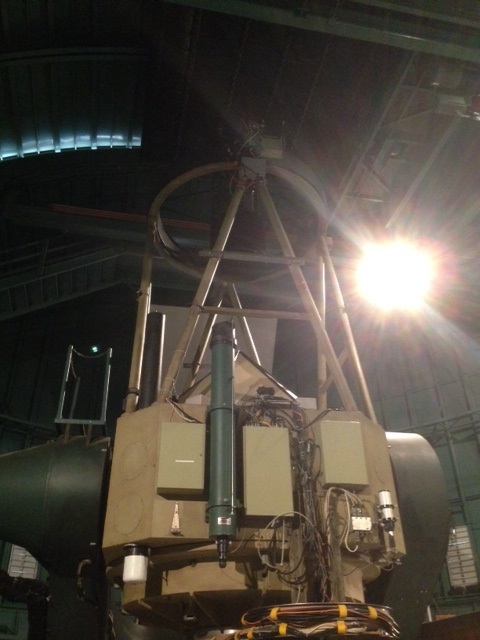
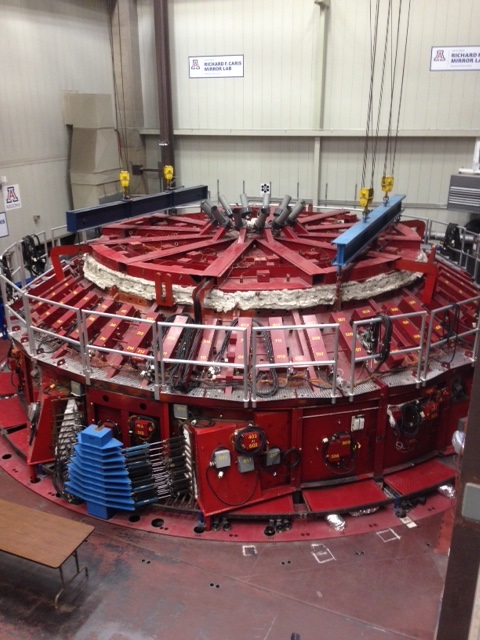
What I walked away with from Tucson was even more of an appreciation for the cosmos, which I gained from our observations each night and morning. The time under the stars was special. The sky was illuminated in a manner that few get to experience, which left me in a state of wonder. Into the late hours of the night I would spend time with other teachers discussing the cosmos and how we can effectively convey what we were seeing to our students. We would share knowledge and ideas, always with the hope of helping each other.
As someone who wants to bring astronomy to Rockhurst, I left Tucson with even more passion for the cosmos. To me, astronomy is the quintessential “gateway” science as students simply need to go outside and look up. I hope to bring understanding, respect, and appreciation for what is above our students.


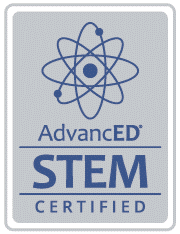
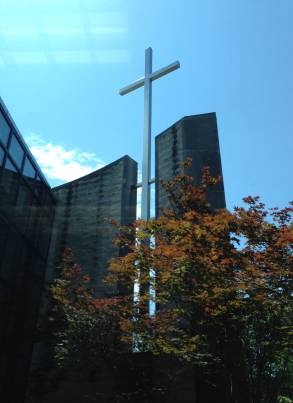
Comments